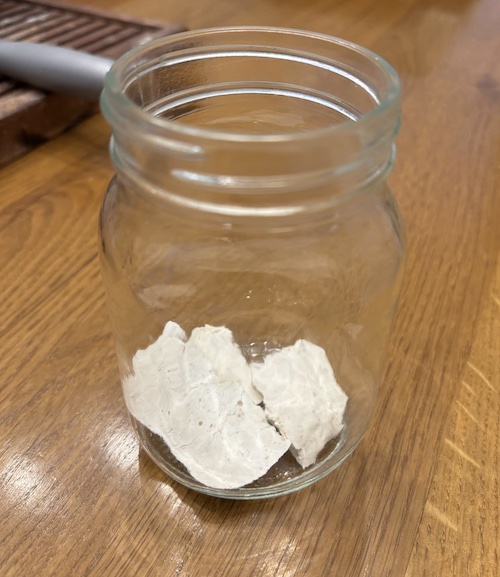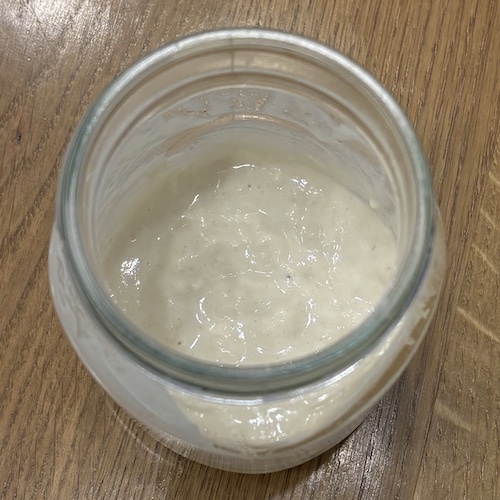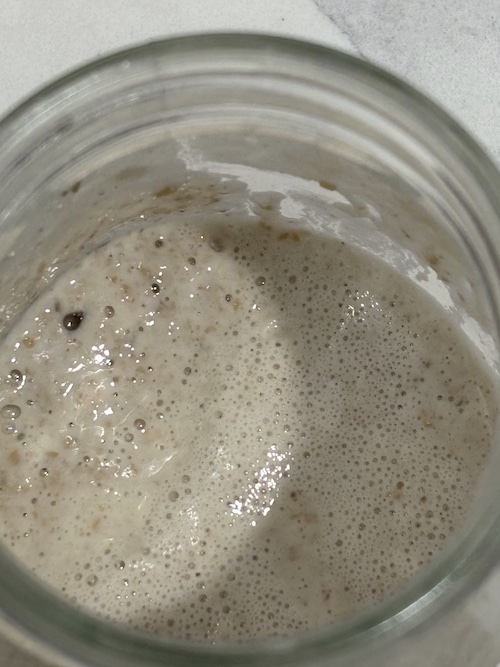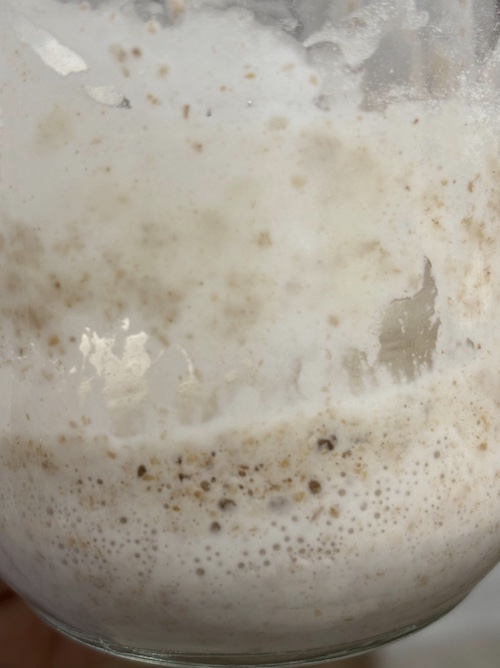Sourdough Ranching
Step-by-Step Instructions for using a freeze-dried sourdough starter
With a little patience, it is easy to rehydrate and activate a freeze-dried sourdough starter.
What You will Need: • freeze-dried sourdough starter • Unbleached flour (can be all purpose, whole-wheat, or bread flour, preferably organic) • Non-chlorinated water (filtered or bottled water works best) • A clean jar or container with a lid • A small spoon, fork or spatula for mixing
Day 1: Rehydrate the Starter

- Add the starter to your glass jar.
- Add 2oz lukewarm or room temperature water (around 75–85°F).
- Add 1.5oz flour and stir well. Try to break up the big lumps. Let it sit for 30 minutes to 1 hour then stir again - this helps to fully mix up the yeast in the starter with the flour and water. Cover loosely with a lid or plastic wrap and let it sit at room temperature for 24 hours.

Day 2-3: Check for activity
You might see small bubbles or notice a slight sour smell—this is a good sign. If not, don’t worry; it can take a few days to wake up - this depends on the room temperature. If the room temperature is high, and you see many bubbles, move to the next step to feed the starter.
Day 3-4: Feed the starter
Add 1 oz of flour and 1 oz of water. Mix well. Cover loosely and let it sit for another 12–24 hours. You should start to see more bubbles.


Day 4–6: Strengthen the Starter
- Repeat feedings twice a day: Discard half of the starter and feeding it with equal amounts of flour and water every 12 hours.
- Look for signs of activity: The starter should start doubling in size within 4–6 hours of feeding, have a bubbly texture, and develop a pleasant sour aroma.
From now on you can follow the detailed instruction on this great website about feeding, maintaining, and storing a healthy sourdough starter: https://alexandracooks.com/2019/11/07/how-to-activate-feed-and-maintain-a-sourdough-starter/
When is the Starter is Ready?
Your starter is fully active and ready to use when: • It doubles in size consistently within 4–6 hours of feeding. • It has a bubbly surface and a slightly tangy smell. At this point, you can use it for baking or store it in the refrigerator for future use. Make sure to feed it weekly if refrigerated.